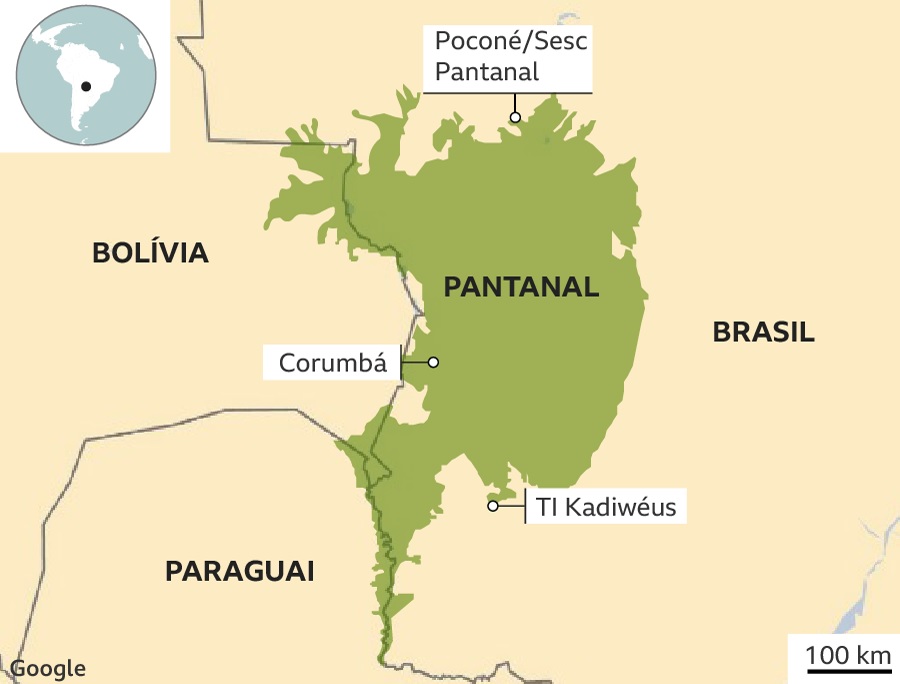RIO DE JANEIRO, BRAZIL – Notwithstanding statements of the Bolsonaro government downplaying the number of patch burnings in Brazil, the country’s two most preserved biomes closed the month of September with significant increases in the number of outbreaks.

The Pantanal – the world’s largest wetland, extending across the states of Mato Grosso and Mato Grosso do Sul – recorded its seventh consecutive monthly increase and broke the record for September with 8,106 hot spots, a rise of 180 percent over the same month last year, with 2,887 hot spots. On Wednesday, September 30th alone, the satellites captured 682 active hot spots. In only nine months, the biome also broke the annual record.
According to data from the Queimadas Program, of the National Institute of Space Research (INPE), between January 1st and September 30th, the total number of fire spots in the Pantanal – 18,259 – exceeds by 82 percent the total number of fires observed throughout last year in the biome (10,025). And it is the highest figure observed for a year since the start of the INPE’s records in 1998. The highest figure until now had been registered in 2005, with 12,536 outbreaks over 12 months.
In terms of area, patch burning has already consumed some 23 percent of the biome this year, according to estimates by the Environmental Satellite Applications Laboratory (LASA), of the Federal University of Rio de Janeiro (UFRJ), compiled up to September 27th. The estimate shows that the fire had reached 34,610 km² by Sunday.
The Centro de Vida Institute (ICV), an organization based in Mato Grosso that has closely monitored the fires in the biome, reported earlier this week that even the first rains in September were unable to control the spread of fires in the state.
According to the ICV, the fire continues to spread through the Encontro das Águas State Park, the world’s largest jaguar sanctuary and which has seen 93 percent of its area burned. Another conservation unit affected was the Taiamã Ecological Station, with 27 percent of its area burned.
Fire in the Amazon
In the Amazon, there were 32,017 outbreaks, a 60.6 percent increase over the same month last year, which had 19,925 outbreaks in September. It is the highest figure for this month in the biome since 2017.
There had been a slight drop in the number of outbreaks in the Amazon in August compared to the same month last year (29,307 compared to 30,900). Patch burning in August last year was the worst since 2010 and sparked foreign criticism of the federal government’s neglect of the region. It was also when the so-called “Fire Day” occurred, in which landowners from Pará set fire to several regions in coordination, according to investigations.
However, the drop recorded this year may be underestimated. The INPE reported that the figures are lower due to a “global data unavailability” in the second half of August by the sensor of one of the NASA satellites used to monitor the fires. As a result, the total number of hot spots in the Amazon is expected to have been higher than recorded in August, but the data have not yet been updated.

